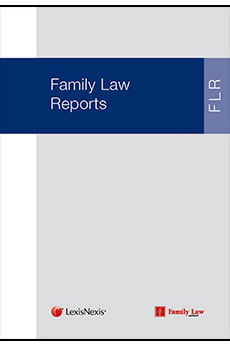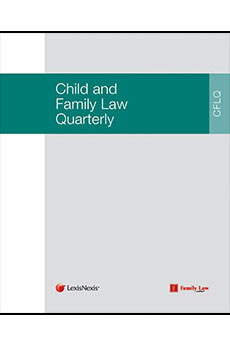- News & Comment
-
Online Shop
Online Services
Looseleafs
Law Reports
Books and eBooks
-
CPD & Events
Webinars
- Authors
- About Family Law
- Contact

Hannah Hirst, PhD student, University of Liverpool, School of Law and Social Justice
Keywords: Puberty blockers – children’s rights – access to health – UNCRC – consent – Gillick – parental responsibility - best interests – gender
By analysing the recent ruling reached by the High Court in R (on the application of) Quincy Bell and A v Tavistock and Portman NHS Trust and others and consequent amendments to NHS England’s Service Specification regulating pubertal blocking, this article considers the impact of the decision on children’s rights in three areas: health, capacity, and involvement. It argues that the court’s narrow approach to defining health led the judges to focus on the biological outcomes of puberty blockers and overlook the psychosocial consequences of withholding or delaying treatment. In the context of capacity, the Bell judgement impacts the rights of gender diverse youth by employing age markers and disregarding parental consent. It also groups together hormone treatments as one medical pathway and affects an individual’s right to confidential advice and treatment. In view of this, the article proposes that young capacities should be nurtured by adults, through clear dialogue and lengthy instruction. It examines these issues through a children’s rights lens, and particularly in light of the UN Convention on the Rights of the Child (1989). In doing so, the article highlights the importance of involving young individuals in decisions about puberty blocking, given the internal and individualised nature of gender variance, transition, and patients’ needs. The article adopts Laura Lundy’s Model of Child Participation to illustrate the wider implications court interference has for patient involvement. Overall, this article proposes that children’s rights should be central to decision making about gender diverse peoples’ access to puberty blockers.
This article has been accepted for publication in Child and Family Law Quarterly in Issue 2, Vol 33, Year 2021. The final published version of this article will be published and made publicly available here 24 months after its publication date, under a CC-BY-NC licence.






